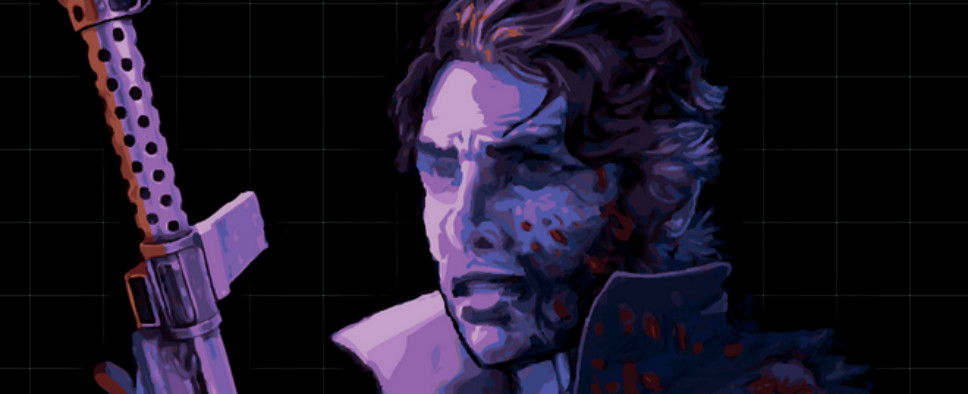Copper Dreams Update #13
-
Category: News ArchiveHits: 881

After a period of prolonged silence, Whalenought Studios of Serpent in the Staglands fame, bring us a new development update for their next project - Copper Dreams. The work on this isometric cyberpunk RPG is moving along and things are nearing the Alpha stage.
The update is extensive and covers pretty much every aspect of the game's development, so be sure to check it out. Here are a few tidbits:
Death and Undeath
This was mainly a challenge shift from try-until-you-win save scumming to that of enduring with your failures. As we design the final maps for the game, one problem we were coming across was the tedium of needing to find areas to try to save, and ended up basing that as essentially checkpoints where it would be heavily implied to. Redoing areas would also end up being tedious as we made Wound-counts lower as well, so we’ve changed the death penalty system for the better.
Our goal was to incorporate the feeling of being in-the-moment without the comfort of knowing you could just reload easily, but without starting the game over or needing to start over at a checkpoint. The solution was just letting your character die, keeping their wounds, and starting them at a safe place (TBD) to resume. The world remains as you left it when you died, and you would patch yourself up, rest, or press on carefully, as any other Wounds would again kill you. It's a wonderfully gamey system that allows you to progress through the game while perpetually being worried about character health.
Animations!
For a while now we’ve been testing with bargain-bin animations to get the job done, and we’ve just recently added in our custom ones and are they quite an improvement. In Serpent in the Staglands we were proud that each weapon type a character could carry had its own custom sprite sheet to go with it. It was another way we could cram some visual identity into those tiny characters. We’re doing the same for Copper Dreams, except with custom animations for each main item type with all different attacks per type. So while that’s a lot more animations, at least we don’t have to animate them in 8 directions.
Our existing system has a base of 110 animations for a weapon type, for instance a pole-arm vs a pistol. This doesn’t include individual reloads per type of weapon, or any unique or special humanoid animations for them, like hulking cyborgs who stomp around or small children who’d visually struggle looking down the sights of a 130 pound Coilgun. Those are fun to do and look at so they are a nice visual addition without much extra costs besides a cup of tea and a few hours. While all these animation speeds are driven by the ruleset and individual character stats these animations act as a general guideline. Nimble characters can jump or kick open doors faster than others, for instance.
Next: Storytelling (and more combat)
As we continue to develop the narrative for ‘Copper Dreams’ (and ‘A Banquet for Fools’) we were often hitting a conflict of interest between storytelling and game systems. Our last two updates detailed how our iterative process continued advancing our game systems, we thought it would be appropriate to explain how those systems influence the narrative as well.
Letting players know what tools they’ll have in a game and in every situation is a critical factor in any p&p or computer rpg, that’s why rulebooks are filled tables. What gets dodgy is when the narrative pigeonholes the player into situations they could have otherwise avoided or changed if they were allowed to just continue using their existing tools. Our next update we’ll show off the dialogue, NPC dispositions levels, tags, and how we’re getting player agency into what ’s normally very authored events.

